#women scientists
Text
The doors to science for too long were shut to women—and the struggle continues—yet women still have managed to contribute invaluable work. Here are 5 open collections on JSTOR that feature the work of important women botanists and botanical artists.
#women in science#women's art#women scientists#botany#brilliant botany#plants#botanical art#botanist#research#jstor
370 notes
·
View notes
Text
Research is spending 4 hours reading 13 papers so that I can write 2 citations.
#varsha#research#research paper#stem#stemblr#women scientists#women in stem#women in science#study#uni life#uni student
22 notes
·
View notes
Photo

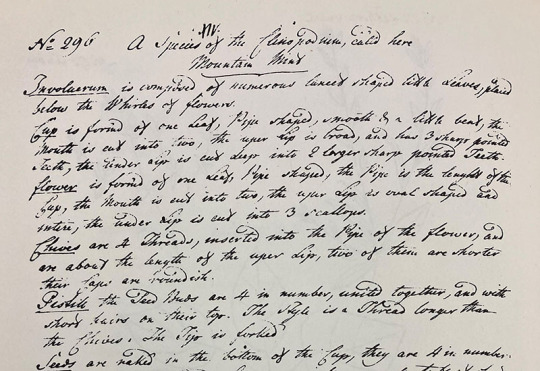

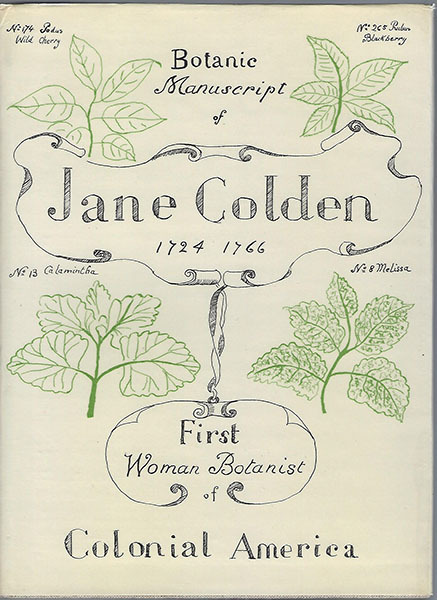

Jane Colden – Scientist of the Day
Jane Colden, a colonial American botanist, was born Mar. 27, 1724.
read more...
#Jane Colden#botany#women scientists#histsci#histSTM#18th century#history of science#Ashworth#Scientist of the Day
153 notes
·
View notes
Photo
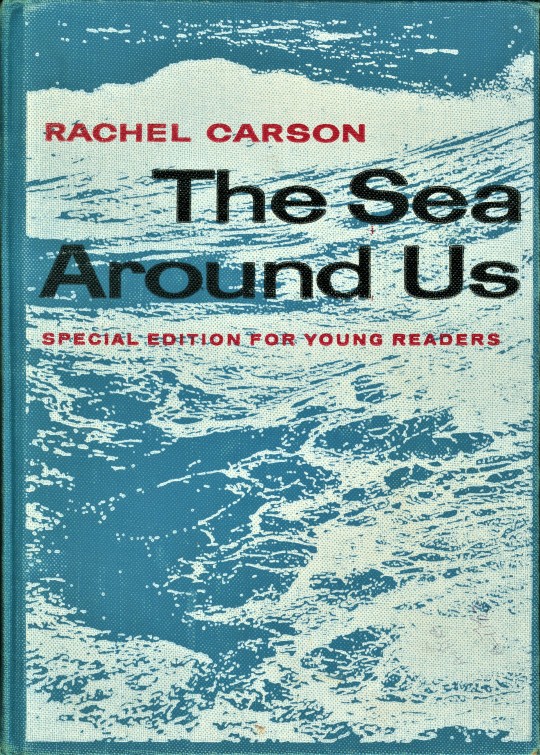
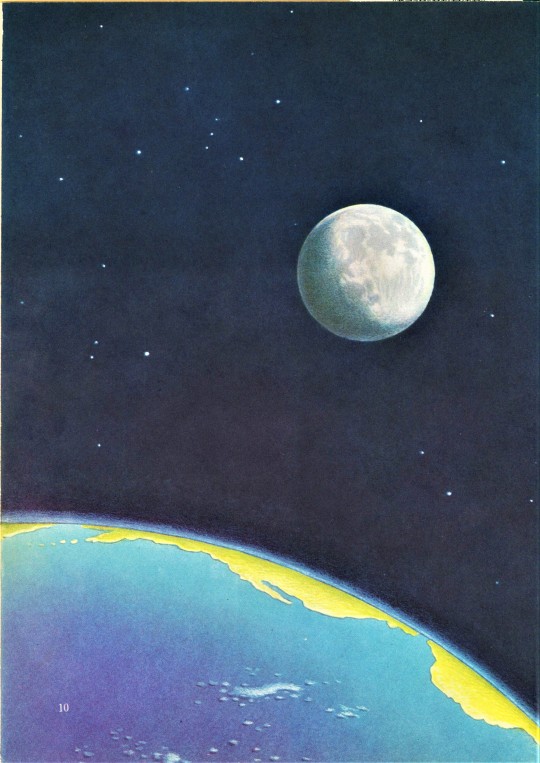
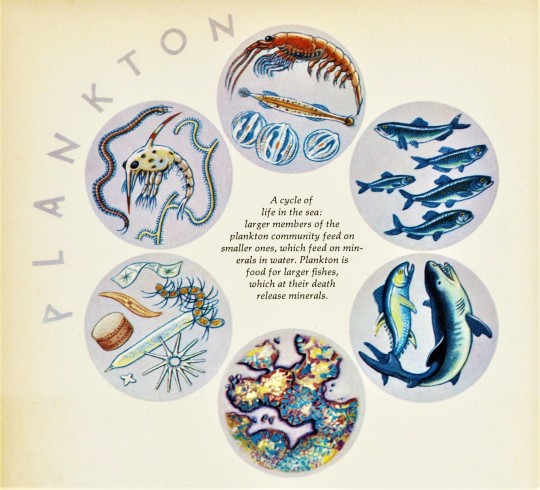
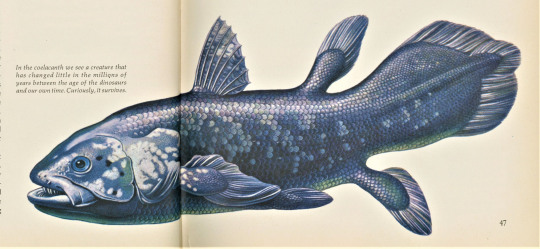

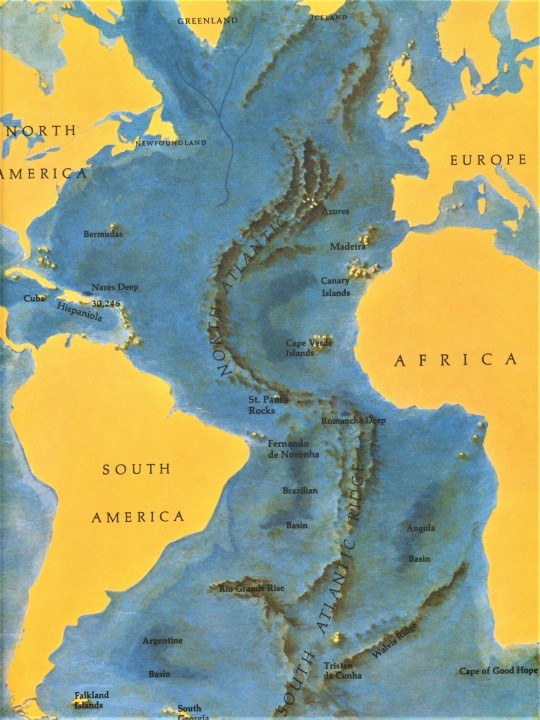

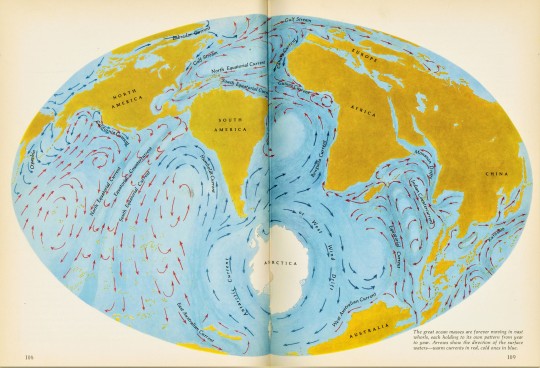
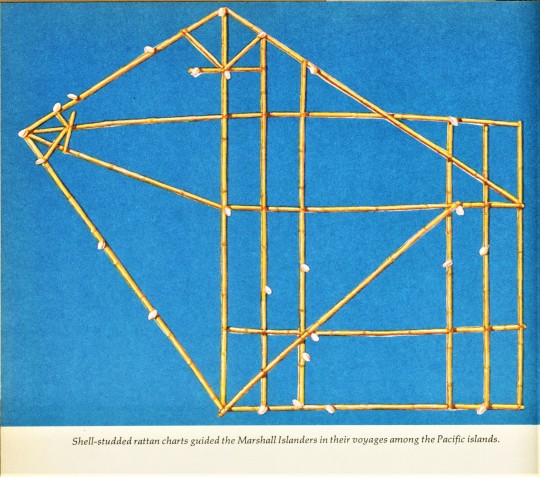
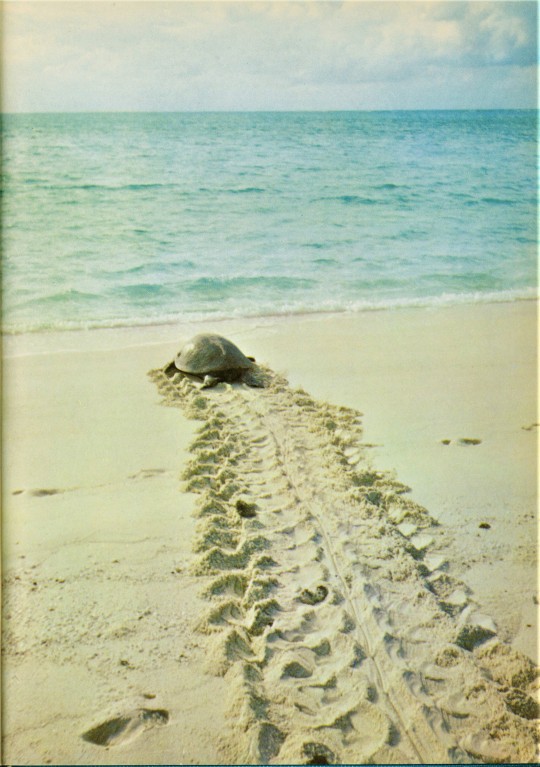
Science Saturday
RACHEL CARSON
In 1951 Oxford University Press published American marine biologist and conservationist Rachel Carson‘s critically-acclaimed book, The Sea Around Us. It became one of the most successful books ever written about the natural world. Rachel Carson's rare ability to combine scientific insight with moving, poetic prose catapulted her book to first place on The New York Times best-seller list, where it enjoyed wide attention for thirty-one consecutive weeks. It remained on the list for more than a year and a half and ultimately sold well over a million copies, was translated into 28 languages, inspired an Academy Award-winning documentary, and won both the 1952 National Book Award and the John Burroughs Medal.
In 1958, Simon and Schuster published this special edition for young readers, adapted by Russian Empire-born American writer Anne Terry White, with illustrations by Rene Martin and maps by Emil Lowenstein. It also includes an additional chapter by Jeffrey Levinton, a leading expert in marine ecology, who incorporates the most recent thinking on continental drift, coral reefs, the spread of the ocean floor, the deterioration of the oceans, mass extinction of sea life, and many other topics. In addition, noted nature writer Ann Zwinger contributed a brief foreword. The last photographic image shown here is by American science photographer Fritz Goro.
View our 2021 Earth Day post on Rachel Carson’s most influential book, Silent Spring.
View more Science Saturday posts
#Science Saturday#women's history month#science#oceanography#marine science#marine biology#marine ecology#Rachel Carson#women scientists#The Sea Around Us#Simon and Schuster#Anne Terry White#Rene Martin#Emil Lowenstein#Jeffrey Levinton#Ann Zwinger#Fritz Goro#children's books#Historical Curriculum Collection#New York Times best-seller
128 notes
·
View notes
Text
Alice Wilson
Geologist and paleontologist Alice Wilson was born in 1881 in Coburg, Ontario. Wilson was the first woman employed as a geologist at the Geological Survey of Canada, where she worked from 1909 until 1946. She conducted in-depth studies of the Ottawa-St. Lawrence Lowlands, exploring the area on foot, by bike, and by car for 50 years. Wilson authored more than 50 scientific publications. She was made a Member of the Order of the British Empire, was elected to the Geological Society of America, and was the first woman to become a Fellow of the Royal Society of Canada.
Alice Wilson died in 1964 at the age of 82.
36 notes
·
View notes
Text

Maria Skłodowska-Curie, 1903.
#Maria Skłodowska-Curie#marie curie#nobel prize#nobel prize winner#polish#women scientists#female scientists#scientists#1900s#1903#1900s fashion#history colored#colored photography
53 notes
·
View notes
Text
#women in science#women in stem#laboratory#science history#history of science#women scientists#othmeralia
14 notes
·
View notes
Text

Meet more notable women in plant biology during Women's History Month 2024.
Anna Atkins
One of the first female photographers was also a botanist. Although she did not attend college, Anna Atkins (16 March 1799 – 9 June 1871) received her scientific education from her chemist father John George Children. As an adult, she pursued her curiosity about plants by collecting and drying specimens of land plants and seaweed which she used to create educational and artistic “photograms” using cyanotype photographic paper. She self-published the book containing photographic illustrations, entitled “ Photographs of British Algae: Cyanotype Impressions” in 1843. She was also elected as a member of the London Botanical Society.
Miriam Rothschild
Curiosity about nature and collecting came naturally to Miriam Rothschild ( 5 August 1908 – 20 January 2005)– after all she was the niece of the eccentric Lionel Walter Rothschild who created a natural history museum stuffed with specimens from around the world at Tring in the UK. Her long and eventful life included campaigning for the rights of animals, children, people with mental illness, and LGBTQ people as well as innovative scientific research on entomology, particularly chemical ecology and mimicry. Her botanical connection is her research on how Monarch butterfly larvae’s toxicity is derived from chemicals in the milkweed which they feed on.
#katia_plantscientist#womeninscience#womeninstem#womeninbotany#womeninsplantscience#womeninbiology#annaatkins#miriamrothschild#photography#algae#entomology#chemicalecology#botany#plantbiology#plantscience#history#womenshistorymonth
#katia plant scientist#botany#plant biology#plants#plant science#women in science#women in stem#women in biology#women scientists#female scientists#womens history#women's history month#historical figures#anna atkins#miriam rothschild#ecology#photography
4 notes
·
View notes
Text
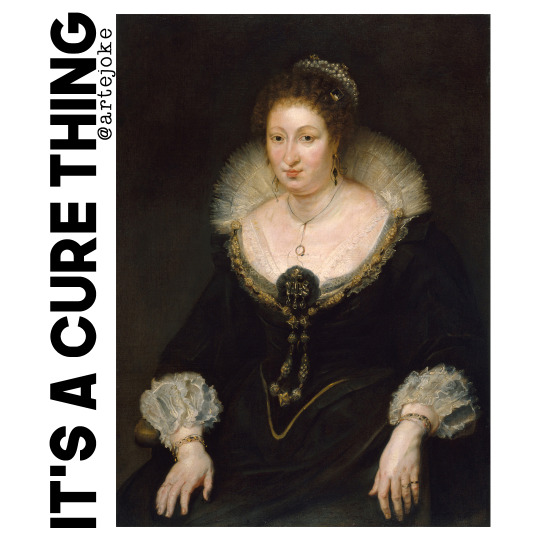
It’s a cure thing
Peter Paulus Rubens, Lady Alethea Talbot, Countess of Arundel, 1620, Museu Nacional d'Art de Catalunya
Alethea Howard, Countess of Arundel was a famous patron and art collector, and one of England's first published female scientists. She wrote Natura Exenterata, a book containing medicinal recipes using native herbs and plants.
#art history#art history memes#dad jokes#punny#puns#punsarelikeonions#art meme#women in art#museum nerd#women in history#international day of women and girls in science#women scientists
2 notes
·
View notes
Photo
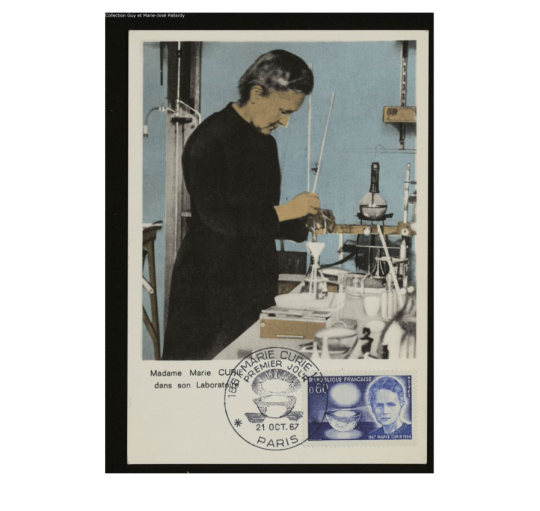
''Madame Marie Curie dans son Laboratoire.. Carte postale 1er jour. Photo Roger Viollet''
© Bibliothèques d'Université Paris Cité - Histoire de la Santé
Cartes postales de radiologie: la Collection Guy et Marie-José Pallardy
#digital library#digital resources#science#carte postale#postcard#x-ray#marie curie#radiology#radioactive#nobel prize#women scientists
3 notes
·
View notes
Text
Hazel Hunkins was born in Aspen, Colorado, USA on 6th June 1890. Her mother, Ann Whittingham, had been born in England and emigrated to America as a young child. Her father, a Civil War veteran, Lewis Hunkins, was from Massachusetts, and was a jeweller and watchmaker: he died when she was thirteen, but this did not prevent her from attending Vassar College, although in order to qualify she had to go to Mt Ida school to remedy some of the defects of her local education system. But early this century Hazel Hunkins demonstrated a determination that is not all that common among women today despite the twentieth century ‘achievements’: she wanted to be a scientist.
Her childhood, she says, in Billings, Montana, was as happy as any child could wish and was crowned with four glorious years at Vassar and then a wonderful job when she graduated in 1913. For three years she taught at the University of Missouri and began working on a Master's Degree in chemistry (on the possible differences between atomic weight of a lead extract and radio active rock), immensely enjoying her work - and her independence. But then her mother became ill and she was called home: 'Although my brother was at home it was the girl who was the one who had to come home and take care of parents.' she said. She gave up her job, and her research (which was never completed) and returned to her home town.
'I was just stuck there,' she said; and there was nothing she could do. There was temporary relief when she got a job in the local high school and thought she would be teaching science - but her hopes were quickly dashed when she found that was not to be.
'I had spent years being trained as a chemist. I had taken every chemistry course there was at Vassar and I thought I'd be able to teach chemistry. Then I discovered, "Oh no, we only have men teaching chemistry and physics - you will have to teach geography and botany." I knew nothing about botany. I knew nothing about geography. But that's what I had to teach. Only men had chemistry and physics - and so that was one of my first real blows about the limitations that were placed on women. It wasn't very tragic, but to a young girl it was tragic.' (Hunkins Hallinan, 1977)
Then came the summer, the summer of 1916: 'It was a summer of despair and unhappiness,' Hazel Hunkins Hallinan said, 'I was just waiting for time to pass.' At twenty-six, highly trained, wanting to work and do something worthwhile, wanting a purpose, and independence, she was forced into this passive and unpalatable existence. She had systematically written to every chemistry laboratory from one side of the United States to the other trying to obtain a job as an industrial chemist: her applications and correspondence were feet high. And she had for her efforts received over two hundred letters of rejection which simply stated 'We do not employ women as chemists.'
In her opinion many women come to understand the nature and extent of their oppression through their experiences in the workforce. Childhood, school, and even college can provide a relatively protected space where it is possible to rationalise that women are free to make their own choices and to stand or fall by their own efforts. But when confronted with blatant discrimination in employment this rationalisation can quickly disappear and women are obliged to face the fact that they are women and that their choices and opportunities are circumscribed - in the interest of men. It was the acknowledgment that she could not by her own efforts shape her own life and that this was the case for women in general that made a fervid feminist of Hazel Hunkins Hallinan.
-Dale Spender, There’s Always Been a Women’s Movement This Century
2 notes
·
View notes
Text
Tessy Thomas: The Missile Woman of India
In the heart of India’s scientific community, one name shines brightly — Tessy Thomas. Often referred to as the “Missile Woman of India,” Tessy Thomas has become a symbol of determination, excellence, and groundbreaking achievement in the field of missile technology. Her journey from humble beginnings to becoming a prominent scientist and director of the Advanced Systems Laboratory of the Defence…
View On WordPress
#CAREERPATHS#CAREERPATS#DEFENCE RESEARCH#DRDO#INSPIRING WOMEN#MISSILE WOMAN OF INDIA#TESSY#TESSY THOMAS#women in india#WOMEN SCIENTISTS#WOMENLEADERS
0 notes
Text
|| WOMEN SCIENTISTS OF INDIA ||
Varsha
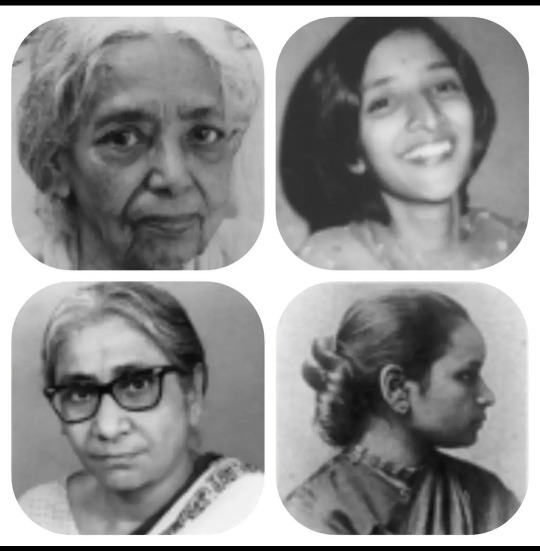




15 notes
·
View notes
Text
Celebrating STEM Day
The eighth of November is STEM Day (or STEAM Day), an occasion to celebrate the fields of Science, Technology, Engineering, Maths (and the Arts).
To celebrate STEM Day, I’m reading Women in Science: Fifty Fearless Pioneers Who Changed the World, written and illustrated by Rachel Ignotofsky (Ten Speed Press, 2016). This fascinating non-fiction book for young readers perfectly demonstrates the…

View On WordPress
#Ada Lovelace Day#girl inventors#HER MAJESTY&039;S LEAGUE OF REMARKABLE YOUNG LADIES#STEAM#STEM#Women Engineers#women scientists
0 notes
Text
Paula T. Hammond
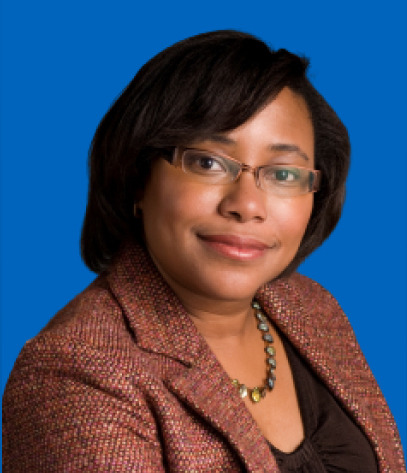
Chemical engineer Paula T. Hammond was born in 1963 in Detroit, Michigan. Hammond is known for her work on polymers and nanomaterials. She has pioneered processes for using layer-by-layer assembly to create polymer films and other materials. Her lab now uses these techniques for numerous applications, including battery technology, drug delivery, and noninvasive imaging. She is head of the Department of Chemical Engineering at the Koch Institute for Integrative Cancer Research at MIT. Hammond has won several awards and her work has been widely cited. She is a member of the National Academy of Sciences and the President's Council of Advisors on Science and Technology.
Image source: The White House
26 notes
·
View notes